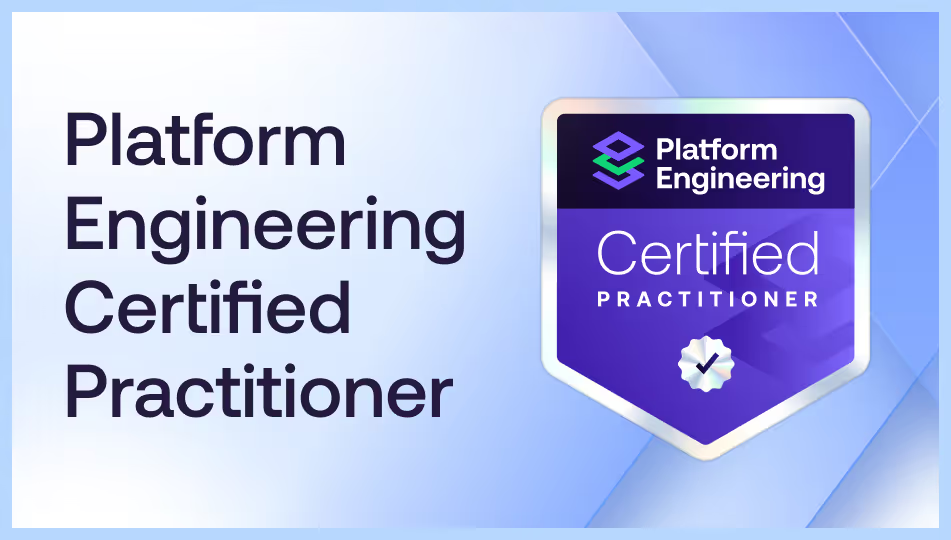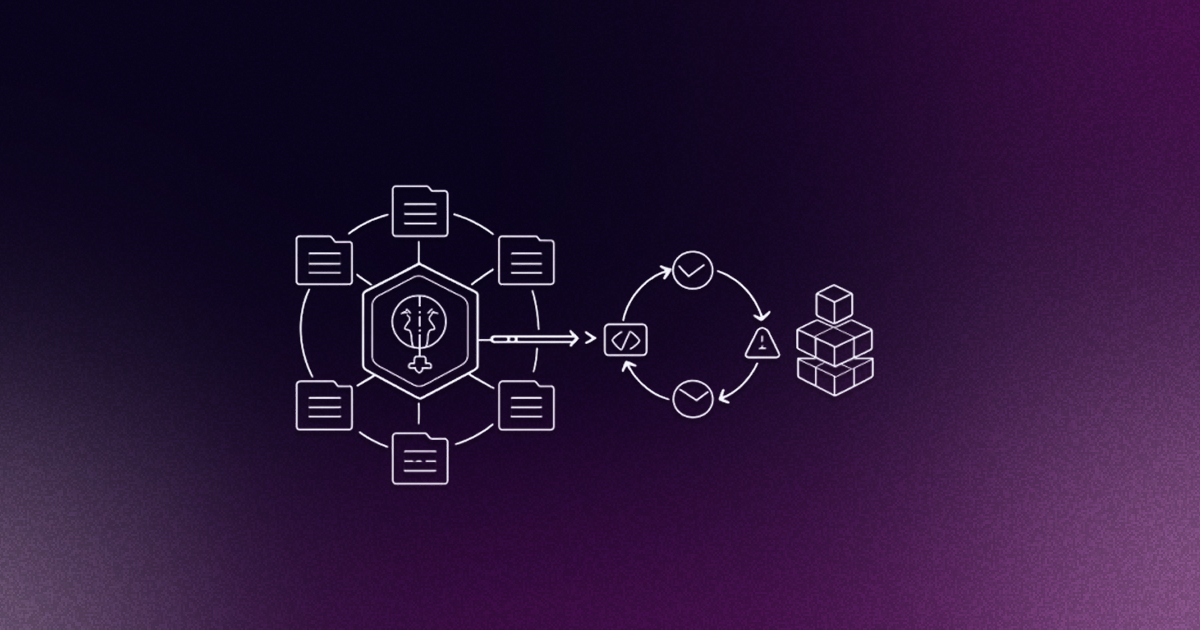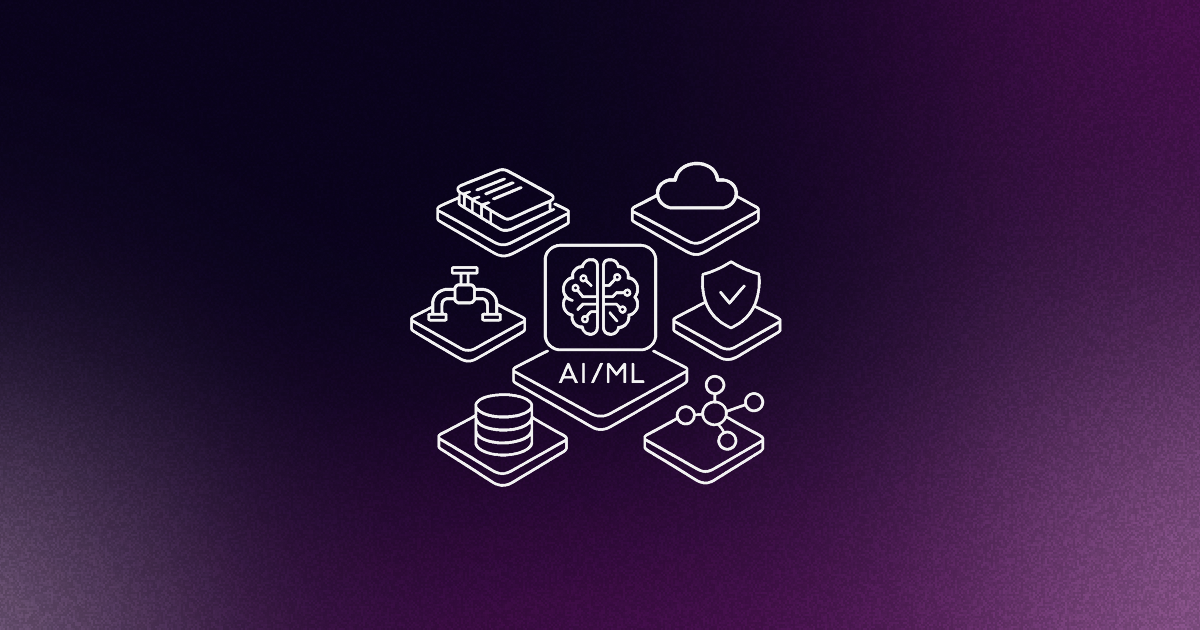This guide is for platform engineers, DevOps practitioners, and infrastructure teams who need to choose between Infrastructure as Code (IaC) tools for managing modern cloud infrastructure. Infrastructure as Code has evolved from basic resource provisioning to sophisticated platform orchestration, which enables platform engineers to manage complex multi-cloud environments through declarative specifications.
Today, many teams are choosing between popular tools like Terraform, Pulumi, and Crossplane to manage their infrastructure. Each tool uses a different approach, and is designed to solve specific types of problems. Understanding these architectural differences enables platform teams to build more effective internal developer platforms and to optimize their infrastructure delivery capabilities against the unique requirements of their organizations.
The landscape for IaC tools is shaped by changing requirements, new cloud technologies, and the growth of platform engineering best practices. In this article, we’ll explore how these tools work and how they fit into the modern approach to building and operating infrastructure.
What makes these three tools different
The biggest difference between these tools comes down to how they approach infrastructure management. Terraform uses a declarative approach with configuration files written in HashiCorp Configuration Language (HCL); Terraform then creates a plan to make your infrastructure match what you described, and can executed accordingly. Pulumi takes a similar approach but lets you use common programming languages like Python or TypeScript instead of learning a new configuration language. Crossplane, on the other hand, works in a completely unique way - it uses Kubernetes to continuously watch and adjust your infrastructure through automated control loops.
Here's what each tool excels at:
- Terraform: Vast provider ecosystem and strong community; stable and proven viable at scale
- Pulumi: Rich programming model enabling easy reuse, testing, and abstraction
- Crossplane: Deep Kubernetes integration and continuous drift correction via control loops
Why Terraform became the standard
Terraform established itself as the go-to IaC tool because it solved a real problem: managing infrastructure across multiple cloud providers with a single workflow. When you write Terraform code, you work through an abstraction layer to describe what you want your infrastructure to look like, and Terraform figures out how to create it.
The tool's strength lies in its massive provider ecosystem. You can manage everything from AWS resources, to GitHub repositories, to DNS records using the same Terraform workflow. This consistency makes it easier for teams to standardize their infrastructure practices and be able to understand state.
With all that said, Terraform does present some specific operational challenges that platform teams need to address, especially in production environments. State management becomes tricky when multiple team members work on the same infrastructure; you have to coordinate who's making changes and where the state file is stored. Many teams use remote backends like Amazon S3 to share state, but this adds complexity to the setup, and often results in drift.
When Terraform works best
Terraform shines when you need a consistent, version-controlled way to manage infrastructure across multiple provider. It’s particularly effective for teams codifying existing cloud resources or standardizing manual provisioning processes into workflows that are reproducible and auditable.
While Terraform can import existing resources (via terraform import), it’s typically smoother to create new infrastructure from code; importing large, pre-existing estates can require extra manual mapping and state file management.
Teams with mature platform engineering practices often choose Terraform because it fits neatly into CI/CD workflows. You can review proposed changes via pull requests, run automated validation or policy checks, and apply changes through CI/CD systems. While it isn’t a native GitOps tool (since it doesn’t continuously reconcile state like a Kubernetes controller), it integrates well with GitOps-inspired workflows where infrastructure definitions are stored in Git and changes are applied automatically after review.
How Pulumi changes the game
Pulumi takes a different approach by letting you write infrastructure code in general-purpose programming langues like Python, TypesScript, Go, C#, and Java rather than a domain-specific language such as HCL. You describe the desired state of your infrastructure through code, and Pulumi’s engine determines what needs to change to make reality match your request.
This approach opens up possibilities that are harder to achieve with proprietary configuration languages. You can use loops, conditionals, and functions to dynamically generate resources; call APIs to read external data to influence provisioning; and leverage existing software developer tools you’re comfortable with (IDEs, package managers, version control, etc.) as part of your infrastructure process.
For developers or platform engineers who already think in code, Pulumi’s approach can feel more natural than learning a new configuration language. It’s worth noting though that the learning curve isn’t necessarily a small one for non-developers, trading simplicity for flexibility.
However, it’s also important to realize that this flexibility also comes with a cost: it introduces architectural complexity that platform teams must carefully manage, making sure to define clear patterns and guardrails to avoid a mess. While HCL constrains expressiveness, it provides predictable execution patterns that simplify debugging and maintenance workflows. Pulumi's power can lead to highly customized logic that’s harder to reason about or maintain at scale if not carefully governed.
Where Pulumi makes sense
Pulumi works well for teams that already think in code and want to apply mature software engineering practices to infrastructure such as automated testing, modernization, and code re-use. If your team writes automated tests for application code, you can write similar tests for infrastructure code using familiar testing frameworks. It’s an easier-to-learn abstraction and translation tool for developers having to work with infrastructure.
In general, dynamic infrastructure scenarios also favor Pulumi. When you need to create resources based on external data, API calls, or complex business logic, Pulumi's programming language features make these tasks significantly more straightforward.
Why Crossplane is different
Compared with Terraform or Pulumi, Crossplane represents a fundamental shift in how infrastructure management works. Instead of running commands to apply one-off changes, Crossplane extends Kubernetes’ controller pattern to infrastructure management, continuously reconciling desired state declarations with actual resource state through automated control loops.
Think of it like a Kubernetes-native control plane for your cloud resources. You define what you want (e.g. a database or cluster), and Crossplane’s controllers continuously ensure that your actual infrastructure matches that definition.
This continuous reconciliation model greatly reduces configuration drift, which happens when your live infrastructure slowly diverges from what's defined in code. While tools like Terraform only detect and fix drift when you run terraform plan or apply, Crossplane monitors and corrects divergence automatically as part of its reconciliation cycle.
Crossplane's platform engineering advantages
Crossplane excels as a foundational layer for developer self-service platforms. It allows platform teams to define Composite Resource Definitions (XRDs) and Compositions, which turn low-level cloud resources into high-level abstractions. Developers then use Claims to request resources against those abstractions without needing to understand or interact with the underlying details or complexity.
For example, a platform team might create an XRD for a "database" that automatically provisions the right type of database, sets up networking, configures backups, and applies security policies. Developers just request a database with a few parameters, and Crossplane handles everything else.
This abstraction layer is powerful for organizations that want to enable developer productivity while maintaining operational standards. For example, a common scenario is where teams using portals like Backstage.io often integrate Crossplane to provide infrastructure self-service capabilities.
Comparing real-world implementation
The operational differences between these tools become clear when you look at day-to-day usage.
State management:
- Terraform stores state in a local or remote state file that tracks the resource it manages
- Pulumi follows a similar model but stores state as stack metadata, which can live locally, in a cloud backend, or in the Pulumi Service (which provides versioning, history, and collaboration features)
- Crossplane doesn’t manage a separate state file at all - instad, desired and observed states are stored as Custom REsources (CRDs) inside the Kubernetes API server. This means that state coordination, locking, and reconciliation are handled automatically by Kubernetes, removing many of the manual coordination issues seen in Terraform or Pulumi
Error handling:
- Terraform reports errors through plan and apply outputs, which often require reading CLI logs or examining failed resource details
- Pulumi provides language-native stack traces and exceptions in your chosen programming language naturally with standard debugging workflows
- Crossplane exposes operational insights through Kubernetes events, conditions, and status fields, which can be inspected via tools like kubectl describe, Grafana, or custom dashboards
Team collaboration:
- Terraform and Pulumi rely on external workflows (typically pull requests, shared state backends, and CI/CD pipelines) for collaboration and governance
- Crossplane collaboration occurs natively within Kubernetes, leveraging RBAC, namespace, and GitOps best practices with tools like ArgoCD or Flux. This aligns with most existing Kubernetes-based workflows and makes it easier to apply consistent access control and policy enforcement across app or infrastructure layers
Making the right choice for your platform
The decision often comes down to where your team is starting from and where you want to go.
Choose Terraform when you have existing infrastructure to manage, team members who are comfortable with declarative configuration languages, and established DevOps workflows. Terraform's maturity, ecosystem and wide provider support make it a stable and proven option for most scenarios. It integrates smoothly with CI/CD and GitOps-inspired processes, though it’s not a continuously reconciled system.
Choose Pulumi when your team has strong software engineering skills and you need complex logic or dynamic behaviour in your infrastructure definitions. Pulumi works well for organizations that want to apply software development practices to infrastructure management (testing, abstraction, modularization), or for dev teams that need to manage their own infrastructure.
Choose Crossplane when you're building or maturing a platform engineering practice, already use Kubernetes extensively, and want to enable developer self-service safely. Crossplane's control plane pattern and abstraction capabilities make it powerful for platform teams to offer developer self-service without the risks associated with direct infrastructure management by dev teams.
Enterprise platform architectures increasingly adopt polyglot IaC strategies, leveraging different tools for distinct infrastructure layers and operational requirements. It's common to see Terraform managing foundational infrastructure like networking and IAM, while Crossplane handles application-specific resources through developer self-service interfaces. Pulumi can often be seen in this context for teams that need programmable, event-driven or dynamically generated infrastructure. This layered approach aligns each tool’s strengths to the right problem domain.
Just like anything in platform engineering, successful tool selection requires analyzing your platform's architectural requirements, team capabilities, organizational culture, and operational maturity. Aligning your IaC strategy with your broader platform engineering goals helps ensure the tools you choose evolve alongside your platform, instead of against it.
Join the Platform Engineering community, check our course offerings on Platform Engineering University and connect with peers who are implementing IaC tools, sharing lessons learned, and discussing best practices in our Slack community.
Frequently asked questions about IaC tool selection
What are the technical prerequisites and learning investments required for each tool?
Terraform has the lowest barrier to entry for most infra-focused teams. It requires understanding of declarative configuration and cloud concepts, but not software engineering.
Pulumi has a moderate learning curve, depending on your background. Developers familiar with languages like Python or TypeScript ramp up quickly, but ops teams may need to learn general-purpose programming concepts first.
Crossplane typically requires the steepest learning investment, as it combines Kubernetes fundamentals (CRDs controllers, reconciliation, RBAC) with infrastructure provisioning concepts. Teams must understand how the Kubernetes API works before fully adopting it.
Can you migrate from Terraform to Crossplane without downtime?
Yes, you can migrate incrementally by importing existing resources into Crossplane while maintaining Terraform for other components, but it isn’t automatic. The key is careful planning of resource ownership and state management during the transition period - only one system should modify a resource at any time. During the transition, you can run Terraform and Crossplane side-by-side, gradually shifting control between tools
Does Pulumi work with existing Terraform modules?
Partially - Pulumi can convert many Terraform configurations to Pulumi code using the pulumi convert command, but complex modules may require manual adjustment. This conversion tool is useful for bootstrapping but doesn’t replace a full-fledged migration plan.
Which tool provides the best multi-cloud support?
Terraform currently offers the most comprehensive multi-cloud support with providers for virtually every major cloud platform and service. Crossplane is rapidly expanding its provider ecosystem, while Pulumi supports major clouds but has fewer niche providers.
How do these tools handle secrets and sensitive data?
All three tools integrate with external secret management systems rather than storing secrets directly. Terraform uses sensitive variables, Pulumi has secret configuration via encrypted configuration, and Crossplane integrates with Kubernetes secrets and external secret operators like Vault.











